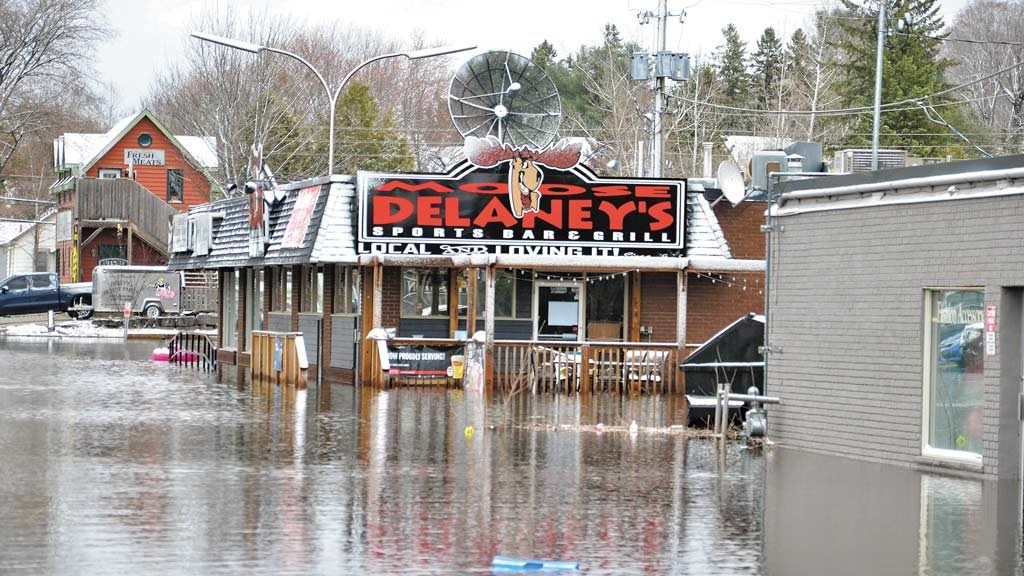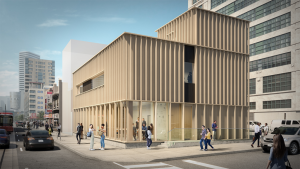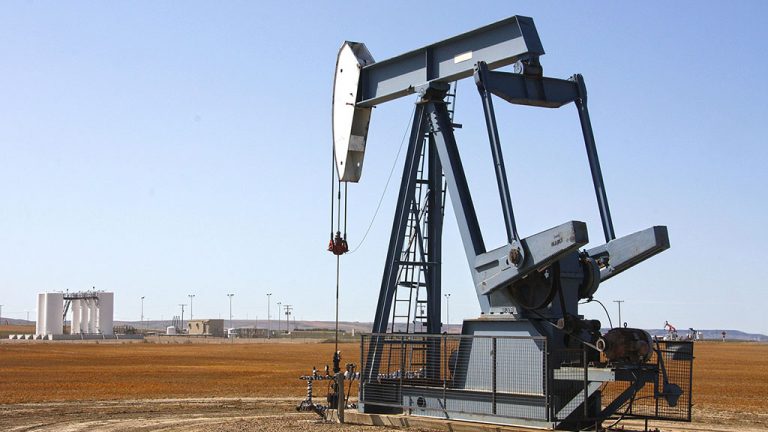Claiming that climate change losses are hitting their bottom line, insurance companies want a stronger voice on how homes are built in order to reduce those losses.
Whether climate change is wholly man-made or part of a deeper natural cycle isn’t the question, say the Institute for Catastrophic Loss Reduction (ICLR) and the Insurance Bureau of Canada (IBC). It’s how best to mitigate damage from floods, wildfires and wind storms.
As Dan Sandink, Director of Research at ICLR explains, the insurance industry had a voice at the Canadian Commission on Building and Fire Codes going back 40 years. However, that voice and interest dropped off for various reasons.
The impetus now is to restore that seat at the table and be more vigilant in tackling the issues of property damage on a proactive basis by upgrading the National Building Code on relevant issues.
Some of these discussions may drive changes as soon as next year — but probably not until the 2025 update.
“We have regular meetings with our insurance industry members and they are raising the issues they’re seeing in the field which are these losses,” Sandink says. “It’s not always clear why, but we know there are more people and more properties and there’s a growing interest in reducing risk of loss. There are many things we can do including better planning and infrastructure management.”
The ICLR is an independent, not-for-profit centre for multidisciplinary disaster prevention research and communication. Founded by the insurance industry, it is affiliated with Western University in London, Ont.
The institute was commissioned by the National Research Council and the Standards Council of Canada to research losses from storms, floods and wildfires. It has put together a series of best practices dealing with such matters as how roofs are shingled and with what materials and how they are attached to the top-plates of a structure.
The centre has also looked at flooding issues, cataloguing those which result from building on known flood-plains or too close to waterways and those which result from sewer and storm drain back-ups.
The institute has also looked at how wildfires spread to structures and how to mitigate the transition of fire to homes from the bush.
Buildings are one part of the issue but an important part, Sandink says.
“The vulnerability to high winds really comes down to design and subdivision design,” he says, noting that while wind storms are unpredictable, there are well known areas where tornadoes are known to strike in Canada.
For the most part, he says, the industry sees losses mostly in residential structures while ICI structures are built differently and perform differently, so it’s in that area they want to concentrate their input into the building code.
Even in already built areas, infrastructure upgrades can make a big difference to flood risk, such as separating storm and sanitary sewers, disconnecting downspouts, provision of sump pump specs and addition of back flow valves.
Insurance companies have been proactive around flooding, Sandink adds, offering discounts to homeowners if they take preventative measures while cities are helping fund back-flow valve installation.
“Even after a flood, insurance companies are offering additional sums of money to install measures to prevent future flooding,” he says.
“While most of the risk can be managed through incremental measures, the most revolutionary change is managing planning to avoid flooding.”
For wind protection, basic measures adopted in the building code would include roof design, longer nails for sheathing and more nailing to connect top plates to trusses and reinforcing of overhangs — something that is being piloted at 100 new homes in the Harvest Run Community in St. Thomas, Ont. being built by Doug Tarry.
This is the culmination of a 20-year partnership with Western University in London, Ont.
Industry stats show high winds contributed in part to most natural catastrophes recorded by the Insurance Bureau of Canada between 1983 and 2016.
For example, the May 2018 windstorm in Southern Ontario and Quebec followed by tornadoes in the National Capital Region in September 2018, caused close to $1 billion in insured losses, according to Catastrophe Indices and Quantification Inc.

The pilot project, being undertaken by Tarry and the university, focuses on basic measures to mitigate vulnerability as identified by research conducted at Western’s Engineering faculty. This includes post-tornado forensics.
“It’s not just the structure they want to protect,” Sandink says. “They always want to ensure wind-driven debris from collapsing houses doesn’t create further damage to people and other properties.
“This is really the first time a pilot project like this is going ahead,” he adds, noting that it draws from research into millions of dollars of losses from tornado damage.
Still, there is some resistance in the industry to the more comprehensive measures but often it’s a case of explaining why they’re needed. As such, progress is slow, Sandink says, though the industry did get tighter nailing patterns for roofs included in the 2012 Ontario Building Code revisions.
For basement floods this would involve limiting sump pump failure and sewer back-up.
“Most of the flooding losses are from sewer back-up,” Sandink says.
Wildfire mitigation involves simple things like landscaping and choice of roof materials, with untreated wood shingles being more vulnerable, he adds.
Forestry management is also important, as is cutting clear breaks between the bush and housing developments, given that embers can travel great distances and can ignite vegetation along the sides of a home which can then spread fire.
Debris build-up in eavestroughs also acts as kindling for those glowing embers, he says.
“Also, wood shingles will catch fire from an ember,” Sandink says. “And you want a 1.5-metre zone around the house clear of plants.”







Recent Comments
comments for this post are closed